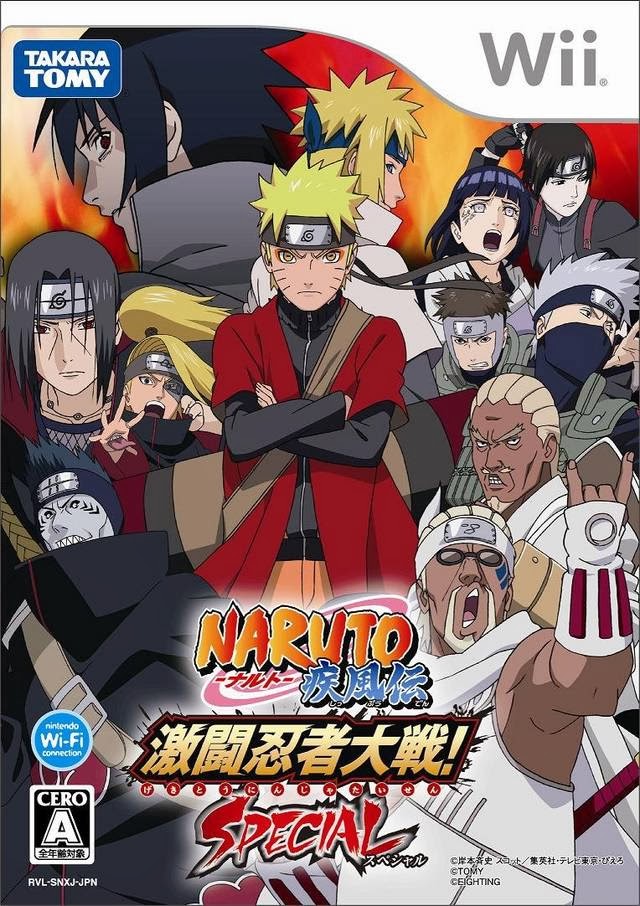 Dragon Ball Z: Super Saiya Densetsu (Legend of the Super Saiyan) is an RPG/Card Battling Game Hybrid that was originally released in 1992 for the Super Famicom. It is the first ever Dragon Ball game for the console, but is actually just a remake that combines two older Famicom games. Namely Dragon Ball Z: Kyoshu Saiyan and Dragon Ball Z II: Gekishin Freeza.
Dragon Ball Z: Super Saiya Densetsu (Legend of the Super Saiyan) is an RPG/Card Battling Game Hybrid that was originally released in 1992 for the Super Famicom. It is the first ever Dragon Ball game for the console, but is actually just a remake that combines two older Famicom games. Namely Dragon Ball Z: Kyoshu Saiyan and Dragon Ball Z II: Gekishin Freeza. Besides the obvious visual and audio improvements that came from the move from 8-bit to 16-bit, Super Saiya Densetsu also added some characters from the movie and the anime fillers, making for a game that is better than the sum of its parts.
Dragon Ball Z: Super Saiya Densetsu tackles the story starting from Raditz’ arrival on Earth, all the way to Goku – as Super Saiyan – defeating Freeza during the twilight of Planet Namek.
The player will be taking control of various characters in the series, such as Goku, Piccolo, Gohan, Krillin, Yamcha, Tienshinhan, Chiaotzu, Dende, Vegeta, Nail, and some minor characters (two Namek warriors and Captain Ginyu). The player will have a little bit of freedom when it comes to choosing which characters to bring along, but the game will force the use of characters that are required for the story. For instance, you can’t use Goku to fight Dabura, because the former is currently traveling by the time Vegeta faced the latter. The game will take that character out of your options by default if needed. There are also times when you can’t allow specific characters to die, in order to be faithful to the source material.








(Venom)-5.jpg)














.jpg)





